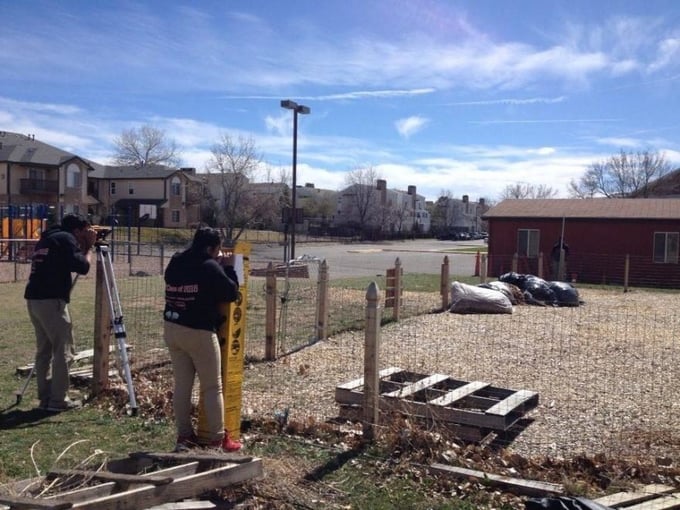Zeynep Karaoglu is an architect with an M.S. in restoration. After moving to the U.S with family in 2005, Zeynep changed careers and became a math teacher. At the Lotus School for Excellence, a STEAM charter school in Aurora, Colorado, Zeynep teaches PLTW courses Principles of Engineering and Civil Engineering and Architecture, as well as AP Calculus and math support classes. Zeynep is currently pursuing another M.A.E. in culturally and linguistically diverse education.
Lotus School for Excellence has been offering PLTW courses for three years. Our school is a low-income STEAM public charter school with a very diverse population.
Last year was my first year teaching the CEA course. I had 12 seniors and juniors – four girls and eight boys – in my class.
Students first learned about the history of civil engineering and architecture and the careers in these professions. They made models of the houses of their favorite architectural styles and presented them to the class. Each student then designed a utility shed and a Habitat house, with students acting as each other’s clients during the home project. In addition to designing using a 3-D modeling software, Revit, they had opportunities to study the practices of other professions in the design process of a house, such as concrete estimation, water supply, waste water management, and property drainage calculation.
One of the best elements of this class was certainly surveying. Students spent a couple days outside using the auto-levels and measuring the perimeters and elevations of different areas on the school’s campus. One group measured our vegetable garden, and two groups studied different parts of the parking lot. Another group surveyed the turf area we had last year, which became a soccer field over the summer.
After they finished surveying and the calculations, I brought a topography map of the school property to the class, and the students were able to check and compare their measurements with the ones on the map.
The former turf area at the back of the school building was where the students designed commercial buildings in their teams. The team designs included a coffee shop, a convenience store, a mini golf center, and a sports recreation center. While the students were working on these projects, Rep. Mike Coffman visited our classroom and talked to the students about their projects. Students were excited to share their design ideas and show their drawings in Revit to the Congressman.
I believe the CEA class has had a positive impact on my students by giving them the necessary skills and knowledge to go to college to pursue STEAM careers.
PLTW’s blog is intended to serve as a forum for ideas and perspectives from across our network. The opinions expressed are those of each guest author.


